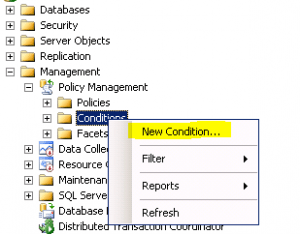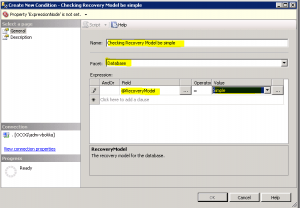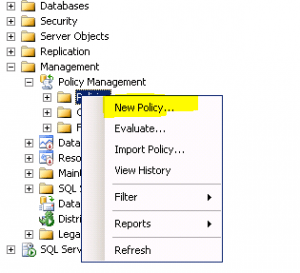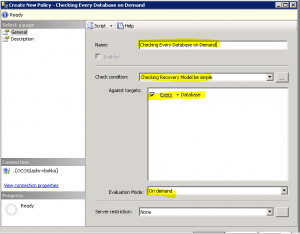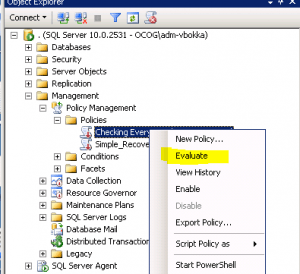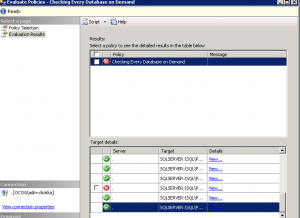SQL Server 2008 Indexes: Types, Performance gain, Lookup and more…
Indexes are secret for faster query execution when designed properly.
Types of indexes in SQL Server :
1. Clustered Indexes: A clustered index determines the physical order of data in a table. A clustered index is analogous to a telephone directory, which arranges data by last name.
2.Non-Clustered Indexes: Nonclustered indexes have the same B-tree structure as clustered indexes, except for the following significant differences:
• The data rows of the underlying table are not sorted and stored in order based on their nonclustered keys.
• The leaf layer of a nonclustered index is made up of index pages instead of data pages.
Nonclustered indexes can be defined on a table or view with a … Read the rest

